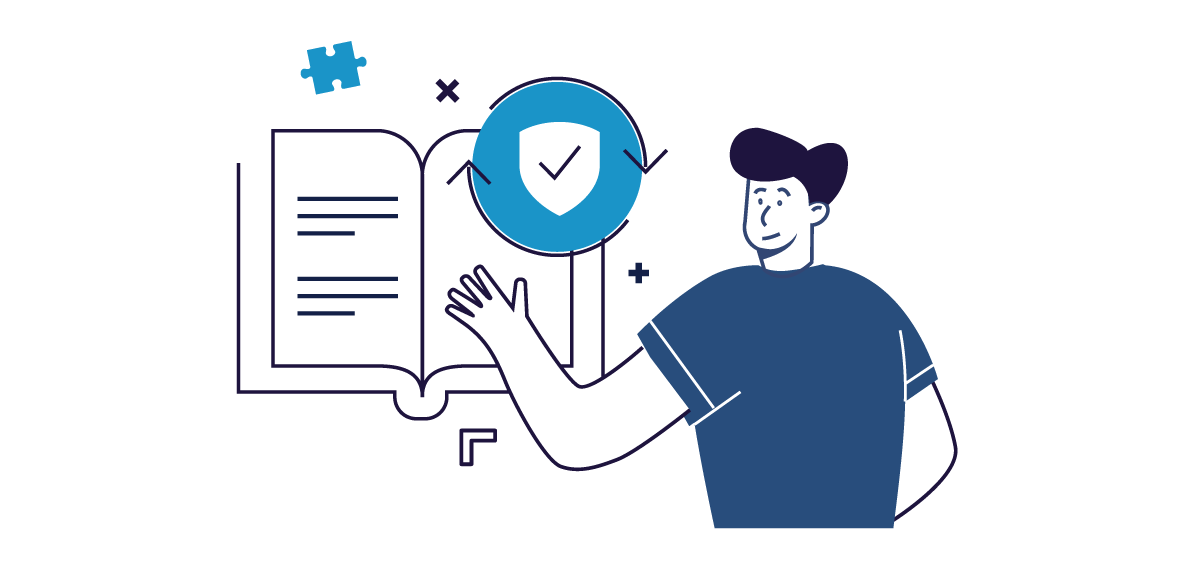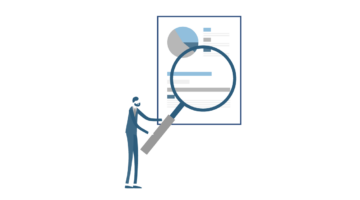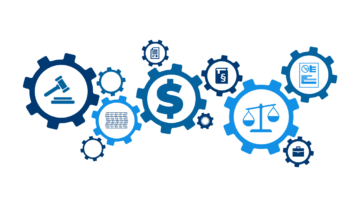Why You Need Internal Controls in Your Business
Introduction to Internal Controls
Internal controls are essential mechanisms, procedures, and measures organizations implement to ensure the integrity of financial and accounting information, promote accountability, and prevent fraud. Internal controls serve as the first line of defense in safeguarding assets and optimizing operational efficiency. Their significance in business operations cannot be overstated, acting as the backbone of sound financial management and corporate governance.
Types of Internal Controls
Internal controls can be broadly categorized into three types:
- Preventive Controls: These are designed to deter the occurrence of errors or fraud. They include segregation of duties, where responsibilities are divided among individuals to prevent conflict of interest; approvals and authorizations to ensure transactions are valid and within policy limits; and physical controls like locks and passwords to safeguard assets.
- Detective Controls: These controls are intended to identify and expose undesirable events that have occurred. Examples include audits, which independently verify financial information; reconciliations, where different sets of data are compared for consistency; and reviews of performance, which can uncover deviations from expected outcomes.
- Corrective Controls: When issues are detected, corrective controls are the actions taken to address them. These can involve modifying processes, enhancing security measures, or revising operational strategies to prevent future occurrences.
Components of Internal Controls
Based on the COSO framework, the components of internal controls are integral to creating a secure and efficient operational environment:
- Control Environment: This organizational culture set by leadership is foundational to all other components. It reflects the overall attitude, awareness, and actions regarding the importance of controls within the organization. The control environment establishes discipline, ethical values, and the competence of personnel.
- Risk Assessment: This involves identifying and analyzing relevant risks to achieving the objectives, which allows for developing appropriate risk management strategies. Effective risk assessment is dynamic, accounting for internal and external changes that could impact the organization.
- Control Activities: These are the policies and procedures to address the risks identified in the risk assessment process. Control activities can include approvals, authorizations, verifications, and segregation of duties tailored to mitigate specific risks and achieve objectives efficiently.
- Information and Communication: This encompasses the identification, capture, and exchange of information on time, enabling individuals to carry out their responsibilities. Effective communication must occur broadly, both within the organization and externally with stakeholders.
- Monitoring Activities: This involves ongoing or periodic evaluations to ensure each component of the internal control system is functioning over time. Monitoring can include regular management and supervisory activities and independent audits, with adjustments made as necessary to maintain the system’s effectiveness.
Objectives of Internal Controls
Expanding the objectives underscores the multi-faceted role internal controls play in ensuring organizational success and stability:
- Ensuring the Accuracy and Reliability of Financial Reporting: Accurate financial reporting is crucial for maintaining investor confidence and making informed business decisions. Internal controls help ensure that financial statements are prepared accurately, reflecting the organization’s financial position and operations without misstatements or errors. This includes controls over financial data entry, processing, and preparing and reviewing financial reports.
- Compliance with Laws and Regulations: Organizations operate within a complex regulatory environment, where failure to comply can result in severe penalties, fines, or reputational damage. Internal controls ensure all activities are conducted per applicable laws, regulations, and standards. This involves controls that identify relevant laws and regulations, monitor compliance, and correct any instances of non-compliance.
- Enhancing the Efficiency and Effectiveness of Operations: Internal controls are not solely focused on preventing fraud and ensuring compliance; they also aim to improve operational efficiency and effectiveness. This includes optimizing resource use, achieving strategic objectives, and enhancing the quality of products and services. Controls related to the planning, executing, and monitoring operations can lead to more streamlined processes and reduced waste.
- Safeguarding Assets: Protecting physical and intangible assets from loss, theft, or unauthorized use is a primary objective of internal controls. Controls over asset safeguarding include physical security measures, access controls, and periodic reconciliations. Organizations can ensure their resources are available to support business operations and growth by preventing asset misuse or loss.
Risks of Inadequate Internal Controls
Inadequate internal controls can expose an organization to a spectrum of risks, leading to adverse outcomes:
- Financial Loss: Without effective controls, organizations are vulnerable to errors in financial reporting, fraud, and theft, leading to direct financial loss. This can result from unauthorized transactions, misappropriation of assets, or errors in accounting processes that go undetected due to weak controls. The financial impact can be significant, affecting profitability and cash flow.
- Legal Penalties and Fines: Regulatory non-compliance is a serious risk for businesses operating without adequate controls. Many industries are subject to stringent regulations to protect consumers, investors, and the public. Failure to comply with these regulations can result in legal actions, hefty fines, and penalties, which can be financially burdensome and harm business operations.
- Reputation Damage: The reputational impact of inadequate controls can be profound and long-lasting. Incidents of fraud, regulatory penalties, and financial restatements can erode trust among customers, investors, and partners. The loss of reputation can be more damaging than direct financial losses, leading to lost business opportunities, difficulty in attracting investment, and challenges in retaining or attracting talent.
- Operational Inefficiency: Inadequate controls can also lead to inefficiencies, where resources are not utilized effectively, processes are prone to errors, and activities must align with organizational goals. This can manifest in wasted resources, missed opportunities, and an inability to achieve strategic objectives. Operational inefficiency affects the bottom line, strains internal resources, and hinders growth.
Implementing Internal Controls
Effectively implementing internal controls is a strategic process that involves several key steps and considerations to ensure the control system is comprehensive, efficient, and adaptable to organizational changes and external challenges:
- Assessment of Risks: The first step involves conducting a thorough risk assessment to identify potential risks affecting the organization’s objectives. This assessment should be comprehensive, considering both internal and external sources of risk. Understanding these risks is crucial for designing appropriately targeted controls to mitigate them.
- Designing Controls: Based on the risk assessment, specific controls must address the identified risks. This involves determining the most effective and efficient control activities, such as segregation of duties, authorization of transactions, and physical controls over assets. The design should consider the cost of implementing each control versus its benefit in reducing risk.
- Implementation: Once the controls are designed, they must be implemented. This step involves integrating the controls into the organization’s processes and systems and ensuring they are understood and accepted by the employees who operate them. Effective implementation often requires training programs and clear communication to ensure all team members understand their roles and responsibilities within the control framework.
- Monitoring and Review: Internal controls must be monitored continuously to ensure they operate as intended. This can involve regular management reviews, internal audits, and other monitoring activities. The review process should also assess the efficiency and effectiveness of the controls and identify any improvement areas. Feedback from these activities should be used to make necessary adjustments to the control processes.
- Role of Management and the Board: Leadership is crucial in successfully implementing internal controls. Management is responsible for establishing a culture that emphasizes the importance of internal controls, allocating resources for their implementation, and ensuring that controls are appropriately integrated into business processes. The board of directors oversees the internal control system’s overall direction and effectiveness, providing management guidance and oversight.
- Addressing Common Challenges: Organizations may face several challenges when implementing internal controls, such as resistance to change, limited resources, or complex regulatory environments. Overcoming these challenges requires a strategic approach, prioritizing controls that address the most significant risks, leveraging technology to enhance control efficiency, and fostering an organizational culture that values good governance and risk management.
Internal controls are vital for the health and success of any business. They protect against risks and contribute to operations’ overall efficiency and effectiveness. Organizations can achieve their objectives with greater assurance and build stakeholder trust by understanding and implementing strong internal controls. As we’ve explored, internal controls are not just a regulatory requirement; they are a strategic asset that, when properly leveraged, can provide significant competitive advantages.



